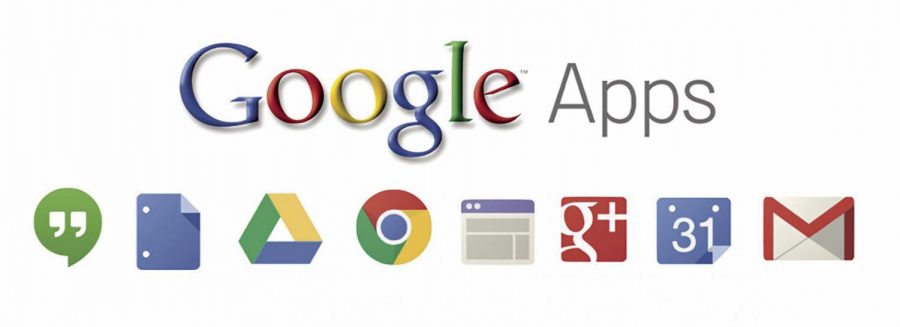Access to Google apps to expand following security, privacy check
Approximately a year after President George E. Martin announced the university’s switch from Zimbra to Google applications, the remainder of the G Suite is tentatively expected be launched for use in October.
The G Suite consists of apps ranging from Google Drive and Docs to Spreadsheets and Slides that allow users to create, edit and share various tools that are often utilized in academic and workplace settings.
The apps were excluded from the transition to Google in May so that the the Office of Information Technology could ensure they met privacy and security standards.
“If everything goes well in the evaluation, then we will be [releasing G Suite] shortly thereafter as soon as we get the appropriate approvals,” Jeff Rose, project portfolio manager at OIT said. Rose also said that the office intended for a phased approach to the transition.
“You go through an evaluation ‘how’s the user gonna use this, ‘what’s it intended to be used for and what are the risks associated with it if somebody used it in a different way,” Rose said. “We do that evaluation with any system that comes in, not just Google.”
The wait for the G Suite weeks into the fall semester has realistically been about two years in the making, when OIT first began looking at an email server to replace Zimbra with.
To decide the best fit for St. Edward’s, OIT benchmarked the email systems other universities used. Product Owner of IT Resources Nicole Hill said “across the board, it was gaining more popularity.”
The office also obtained feedback from faculty, staff and students. Microsoft Outlook was looked towards as a possibility before Gmail was ultimately chosen since email and calendar were priority factors when considering Zimbra’s successor.
“We didn’t necessarily look at those things [apps in G Suite] first, but it was a definite bonus of ‘if we get email and calendar, we might also be able to introduce all these other pieces of software that could really help our campus,” Hill said.
Hill and Rose pointed to Gmail’s easy usability as another factor that made Google attractive. Rose said that almost every freshman comes in having used some kind of personal account. “This is what a lot of people use in their everyday lives, so it makes sense to pursue that on the university level,” Rose said.
These apps add to what OIT refers to as the “digital learning ecosystem.” Hill said the ecosystem consists of various software such as Box and Canvas that helps “facilitate some part of the academic experience.”
Another tool that became part of the ecosystem in the last few months is Lynda, which features thousands of online trainings. Ideally, it can be used “to help faculty in their classes or help students pick up skills before they leave,” Hill said.
“We’ll be doing a lot with Google for a long time,” Hill said. Though OIT hasn’t received much feedback from students regarding Google, she said that could be because its implementation is working as it should be.
Aside from the G Suite, OIT is looking ahead towards future projects.
“A lot of what we do may not be rolling out new software, but creating an integration between software we already have,” Rose said. “The university has made an investment in something and we want to maximize that investment.”







